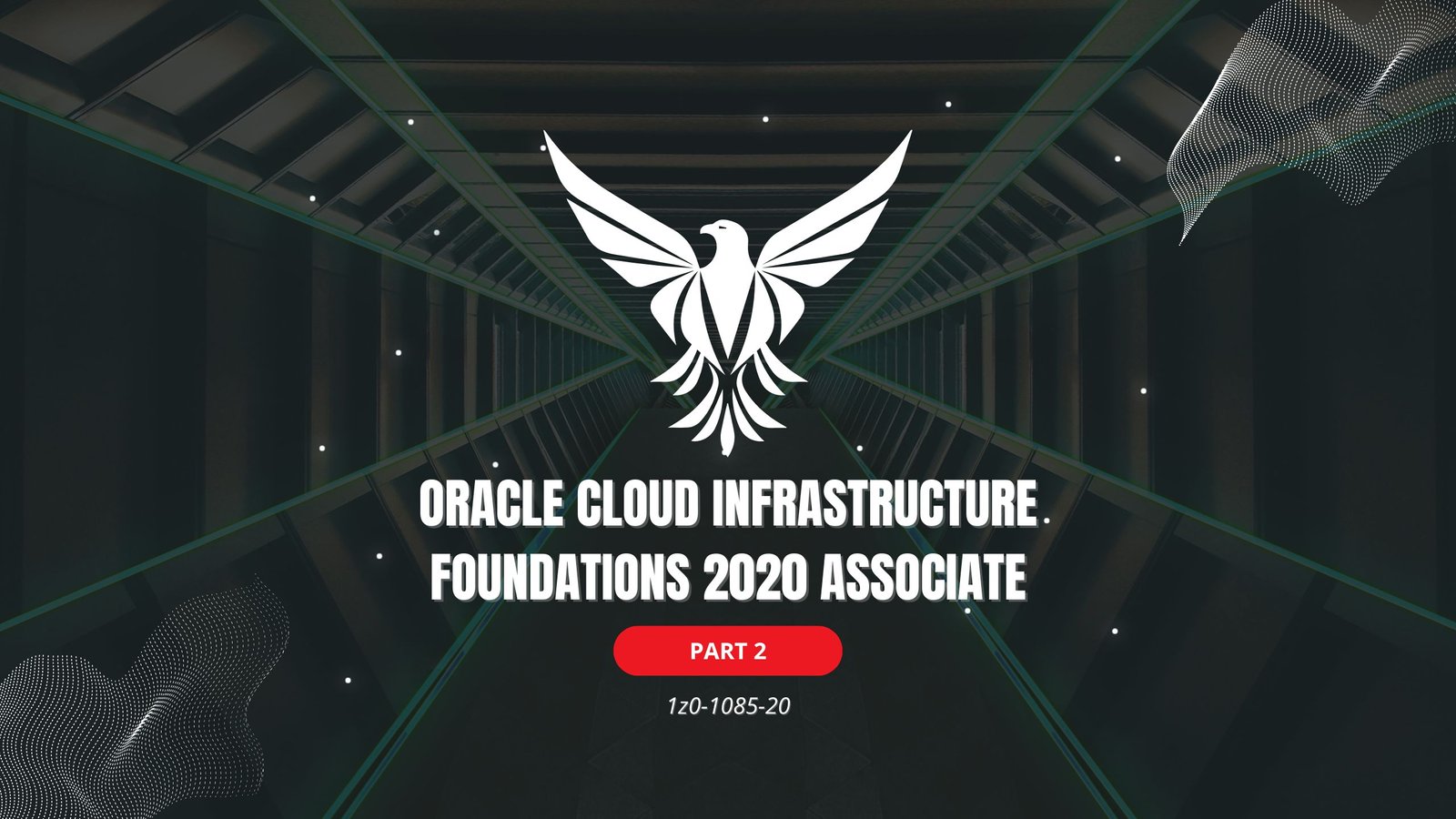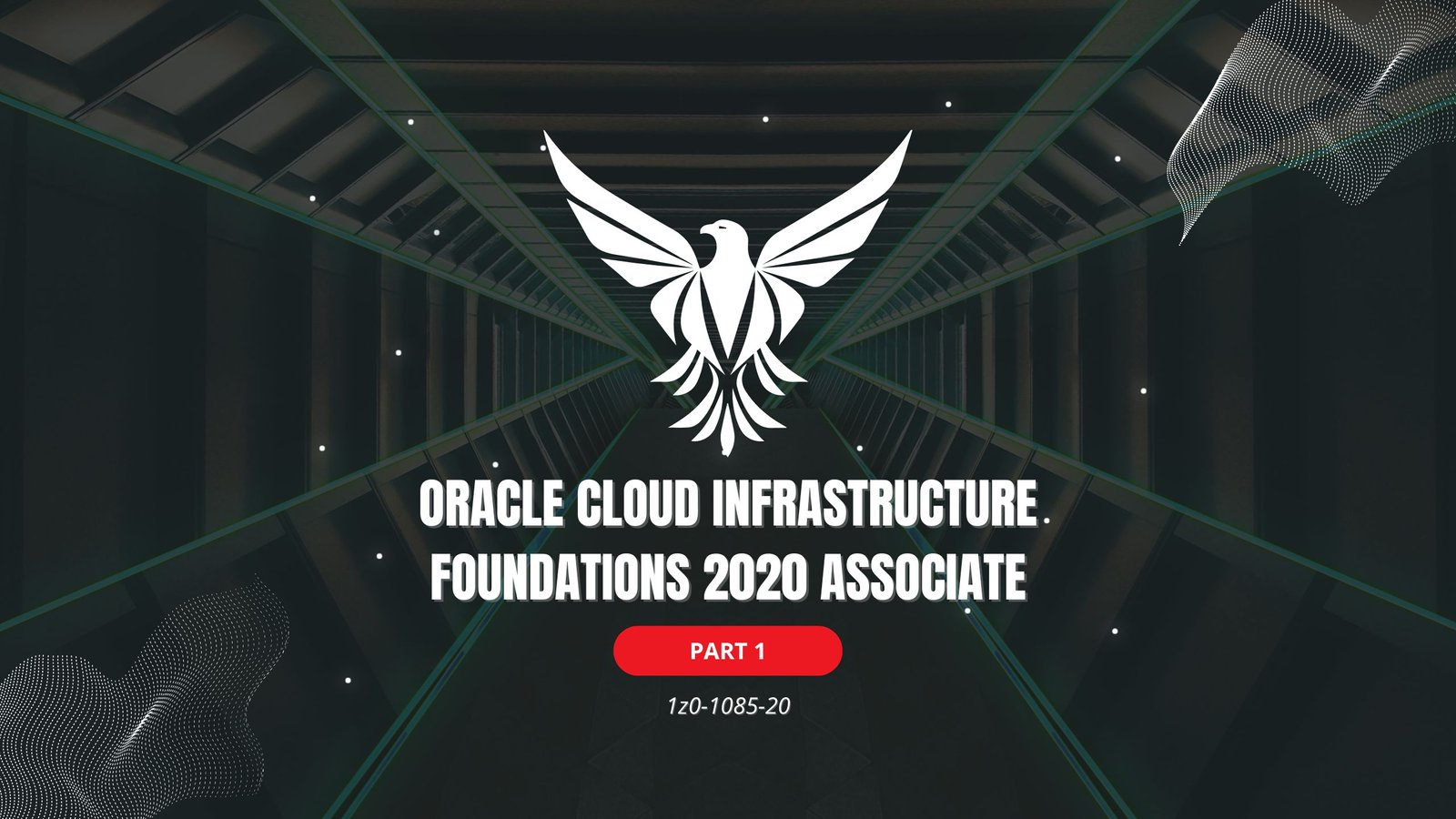
The CCIE Certification is the highest level of achievement for network professionals, certifying an individual as an expert or master. Cisco Systems has since become an unrivaled worldwide leader in networking for the Internet. Its networking solutions can easily connect users who work from diverse devices on disparate networks. Cisco products make it simple for people to access and transfer information without regard to differences in time, place, or platform.
The below listed questions are intended to help you continue on your exciting path toward obtaining your CCIE (Cisco Certified Internetwork Expert) certification. Before looking these questions, it is important to know the basic concepts of CCNA and CCNP.
- Cisco Certified Internetwork Expert – CCIE – Part 1
- Cisco Certified Internetwork Expert – CCIE – Part 2
- Cisco Certified Internetwork Expert – CCIE – Part 3
- Cisco Certified Internetwork Expert – CCIE – Part 4
- Cisco Certified Internetwork Expert – CCIE – Part 5
- Cisco Certified Internetwork Expert – CCIE – Part 6
- Cisco Certified Internetwork Expert – CCIE – Part 7
- Cisco Certified Internetwork Expert – CCIE – Part 8
- Cisco Certified Internetwork Expert – CCIE – Part 9
- Cisco Certified Internetwork Expert – CCIE – Part 10
- Cisco Certified Internetwork Expert – CCIE – Part 11
- Cisco Certified Internetwork Expert – CCIE – Part 12
- Cisco Certified Internetwork Expert – CCIE – Part 13
- Cisco Certified Internetwork Expert – CCIE – Part 14
- Cisco Certified Internetwork Expert – CCIE – Part 15
- Cisco Certified Internetwork Expert – CCIE – Part 16
- Cisco Certified Internetwork Expert – CCIE – Part 17
- Cisco Certified Internetwork Expert – CCIE – Part 18
- Cisco Certified Internetwork Expert – CCIE – Part 19
These articles covers everything you need to pass the CCIE Routing and Switching written exam. Each article contains a set of testing questions along with their answer and explanation.
This article covers: Hierarchical network design and how Cisco recommends designing, implementing, and maintaining large networks.
1. Which of the following are advantages of hierarchical design?
- Fault tolerance
- Scalability
- Ease of management
- Predictability
- All the above
Answer – E
Explanation – Hierarchical design provides fault tolerance, scalability, manageability, and predictability.
2. Which of the following are layers in Cisco’s three-layer hierarchical design?
- Backbone
- Core
- End node
- Access
- Distribution
Answer – B, D, and E
Explanation – The three layers of the Cisco hierarchical model are core, distribution, and access.
3. Which of the following should be included at the core layer?
- Packet filtering
- Firewalling
- Fast throughput
- Fault tolerance
- Additional devices
Answer – C, D
Explanation – The core layer should not do anything to hinder packet flow through the network. The core layer should provide fast throughput and fault tolerance.
4. How many layers of hierarchy should you add below the access layer?
- None
- One
- Two
- Three
- Four
Answer – A
Explanation – No devices should be installed below the access layer.
5. Which of the following are permitted at the distribution layer? (Choose all that apply.)
- Packet filtering
- Access lists
- Queuing
- Redundant WAN connections
- Firewalls
Answer – A, B, C, D, and E
Explanation – The router should occur at the distribution layer. Access lists, queuing, redundancy, and firewalls should be used in the distribution layer.
6. Which of the following protocols allow for dynamic location of default routers?
- IP
- IPX
- AppleTalk
- NetBEUI
Answer – A, B, C
Explanation – Although some technologies allow IP clients to locate gateways dynamically, they are not widely used in most LANs.
7. Which command do you use to configure HSRP on a Cisco router?
- Router#hsrp 0 172.16.20.1
- Router(config)#ip hsrp 172.16.20.1
- Router(config)#ip standby 172.16.20.1
- Router(config)#standby ip 172.16.20.1
Answer – D
Explanation – The command standby IP [address] is used to configure HSRP on a router.
8. Which of the following methods will allow IP workstations to locate routers dynamically?
- HSRP
- Workstation listening to routing protocols
- Router location request
- Proxy ARP
- RTMP
Answer – A, B, and D
Explanation – HSRP, dynamic routing protocols, and Proxy ARP can be used to allow IP hosts to find and use alternate default gateways.
9. You need to add a new site to your hierarchical network. Which of the following are possible places to connect the new site into your existing network?
- Access layer
- Distribution layer
- Core layer
- Backbone
Answer – B, C
Explanation – If the new site might be a future hub, it can be connected directly to the core. It should never be connected through the access layer.
10. When designing fault-tolerant network topologies, which of the following can DDR accomplish?
- Back up a primary link in case of failure.
- Promote a router from access to distribution layer.
- Populate Enhanced IGRP tables with routing information.
- Back up a primary link in case of heavy network load.
Answer – A, D
Explanation – Dial-on-Demand Routing can provide backup in case of failure and can also add bandwidth when needed with the load command.
11. Select the topology in which it is easiest to troubleshoot connectivity issues.
- Bus
- Ring
- Hierarchy
- Mesh
Answer – C
Explanation – Hierarchical networks are always easier to maintain, troubleshoot, and expand.
12. If you need to route IPX over 19 hops, what command do you use?
- ipx maximium-hops 19
- maximum-paths 19
- ipx maximum-paths 19
- maximum-hops 19
Answer – C
Explanation – The ipx maximum-paths command allows you to run a round robin load balance across many paths using IPX.
13. You have a T1 link from an access-layer router to a distribution-layer router, and you have a BRI DDR connection to another distribution layer router. The DDR is configured to run in case of failure. Which of the following do you have?
- Proxy ARP
- Fault tolerance
- Load balancing
- HSRP
- None of the above
Answer – B
Explanation – ISDN BRI can provide backup in case of failure.
14. What is the problem caused during IP load balancing by routing protocols that use hop count as a metric?
- Pinhole congestion
- Failure
- Convergence delay
- You can’t load balance IP.
Answer – A
Explanation – Pinhole congestion is the problem of using distance vector routing protocols in a network with redundant links and trying to load balance.
15. Which of the following best describe a use for DDR?
- Backup link in case of primary link failure
- Additional link used for load balancing
- Backup link in case of excessive network traffic
- Additional default gateway for IP clients
Answer – A, C
Explanation – You can use Dial-on-Demand Routing to create backup to a serial WAN link in case of failure and to add bandwidth in case of excessive network traffic.
16. Which of the following best describes the function of proxy ARP?
- The host pings the destination site to discover which router to use.
- The host uses the ARP protocol to get the router’s IP address so that it can find the router’s MAC address.
- The host uses the ARP protocol to get the router’s destination’s hardware address, and the router responds with its (the router’s) MAC address.
- The router uses the ARP protocol to get the host’s hardware address to see if it needs to communicate with the internetwork.
Answer – C
Explanation – Proxy ARP is a function that is provided by a router to proxy for a remote host. This allows a device to not have a default-gateway set on the host.
17. You have a T1 link from an access-layer router to a distribution-layer router, and you have a BRI DDR connection to another access layer router. The DDR is configured to run in case of failure. Which of the following do you have?
- Proxy ARP
- Fault tolerance
- Load balancing
- HSRP
- None of the above
Answer – E
Explanation – You have broken the hierarchical model by connecting two access layer routers.
18. How can redundant links be added into a hierarchical design without breaking the hierarchy?
- Full mesh
- Partial mesh
- Create a ring
- They can’t
Answer – B
Explanation – By creating a partial mesh network in a hierarchical network design, you can easily add redundancy.
19. Your customer has a hierarchical network design. Redundancy and reliability are the most important at which layer?
- Backbone
- Distribution
- Access
- Core
Answer – D
Explanation – The core layer must have the most redundancy since failure in this layer would bring down the network.
20. Which of the following usually should be supported at the distribution layer?
- DDR and Ethernet switching
- Creation of separate collision domains (segmentation)
- Routing between VLANs and other workgroup support functions
- User and workgroup access to internetwork resources
Answer – C
Explanation – The distribution layer provides routing and connection to access layer devices.
- Top 10 React JS Interview Theory Questions and Answers
- CISSP – Practice Test Questions – 2024 – Set 20 (53 Questions)
- Part 2: Exploring Deeper into CCNA – Wireless (145 Practice Test Questions)
- Part 1: Mastering CCNA – Wireless (145 Practice Test Questions)
- [1z0-1085-20] Oracle Cloud Infrastructure Foundations 2020 Associate MCQ Questions – Part 3
- [1z0-1085-20] Oracle Cloud Infrastructure Foundations 2020 Associate MCQ Questions – Part 2
- [1z0-1085-20] Oracle Cloud Infrastructure Foundations 2020 Associate MCQ Questions – Part 1
- 1Z0-931 – Oracle Autonomous Database Cloud Specialist Questions – Part 2
- 1Z0-931 – Oracle Autonomous Database Cloud Specialist Questions – Part 1
- CCNA Practice Test Questions with Answers








